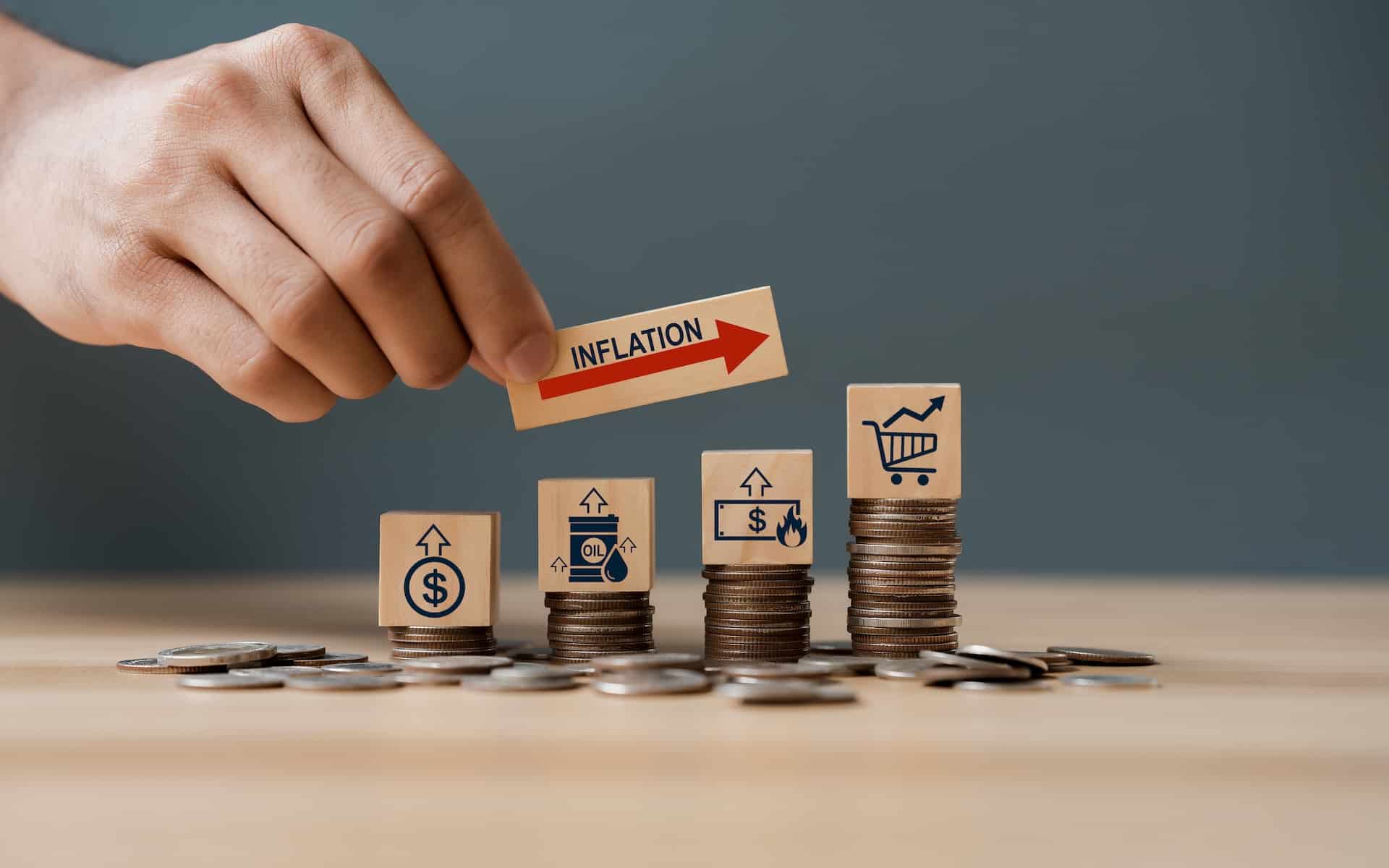Credit Sesame discusses the state of the hoped-for economic soft-landing in 2024.
Toward the end of 2023, the economy seemed headed for a soft landing. That meant bringing inflation down without crashing the economy. In the last quarter, inflation rose at a 1.91% annual rate, neatly within the Federal Reserve’s goal of 2.0% annual inflation. Meanwhile, the economy grew at a 3.3% inflation-adjusted annual rate in the fourth quarter. That represents solid growth, following a robust growth rate of 4.9% in the third quarter. Conditions were good enough that they began to evoke memories of the late-1990s “Goldilocks” economy when consistent growth and low inflation made conditions “just right.”
But then last week’s economic reports interrupted the fairy tale with a dose of harsh reality.
Inflation sends a message
First, the Bureau of Labor Statistics announced that the Consumer Price Index (CPI) rose by 0.3% in January. That may not sound like much, but it was the fastest rise in the CPI since September. If this continues, it would represent an annual inflation rate of nearly 3.7%. That’s higher than the 3.1% inflation rate for the past year, suggesting that price increases might be picking up momentum again.
Worse, the core inflation rate was even higher in January at 0.4%. The core inflation rate captures how widely inflation has spread throughout the economy beyond the volatile food and energy sectors.
A few days after the CPI announcement, January’s Producer Price Index (PPI) reinforced the inflationary picture. The PPI matched the CPI’s 0.3% rise in January. The PPI had declined in the fourth quarter of 2023, suggesting that retailers had room to cut consumer prices or slow the rate of price increases. Now that producer prices are rising again, retailers will feel pressured to keep hiking consumer prices to keep up.
Retail sales show weakness
In terms of growth, the US economy ended 2023 on a roll. The fourth quarter marked the sixth straight quarter of economic growth, with the last two quarters of 2023 being especially strong.
That positive momentum was cast into doubt by a Census Bureau report on retail sales. Even after adjusting for the typical post-holiday slowdown, retail sales declined by 0.8% in January. That was worse than economists expected and marked the sharpest decline since March 2024.
Economic data can bounce around a lot from month to month, so it might be tempting to dismiss January’s retail sales disappointment if it were not supported by the condition of household finances. There is evidence that consumers, who have cheerfully financed the post-pandemic economic recovery, are running out of spending power.
For one thing, household debt has risen to record levels. High-cost credit card debt has risen especially fast. That has become even more expensive as interest rates have risen sharply over the past few years.
This debt burden is starting to take a toll. Delinquency rates, which represent late payments as a percentage of total debt, have been rising steadily for consumer debt. Even if consumers remain willing to spend, their ability to do so is hitting a wall.
The economic soft landing is in danger
Under any conditions, the Federal Reserve aims to balance supporting a strong job market while keeping price increases low. That gets tricky in times of high inflation because the Fed must try to slow the economy enough to cool off inflation without causing a steep rise in unemployment.
Throughout 2023, it seemed the Fed was getting what it wanted. Inflation was declining steadily while employment continued to grow. Total US payroll employment has now increased for 37 straight months.
However, last week’s economic releases suggest 2024 may not be off to such a good start. The resurgence of inflation was one setback for the soft landing scenario. Then, the retail sales figures for January indicated that continued growth may be in danger.
What’s next?
The economic figures for January seem discouraging, but they are not definitive. It will take more data to see where this trend is heading. The weeks ahead will provide some additional evidence.
On February 29, the Bureau of Economic Analysis will release January figures on Personal Income and Outlays. This will include the Personal Consumption Expenditures price index, the Fed’s preferred measure of inflation. We will see if that confirms the inflationary upturn of the CPI and PPI figures or provides some room for hope.
Next, on March 8, the Bureau of Labor Statistics will release its Employment Situation Report for February. This will show whether the job market has continued growing or whether employers are responding to weaker demand by cutting jobs.
Then, on March 20, everyone will find out what the Fed makes of all this. That will mark the conclusion of the next meeting of the Federal Open Market Committee (FOMC), the subgroup of the Fed that makes interest rate decisions. In addition to announcing its latest rate decision and providing commentary on the economy, the FOMC will give the latest update on its economic projections for the next few years. Those projections will show whether the Fed thinks we remain headed toward a soft landing or whether the inflation and/or employment situation has changed enough to demand a change in course.
If you enjoyed Setback for 2024 economic soft landing you may like,
- Do current economic conditions mean a soft landing for inflation? (September 2023)
- The effect of inflation on American households
Disclaimer: The article and information provided here are for informational purposes only and are not intended as a substitute for professional advice.




















